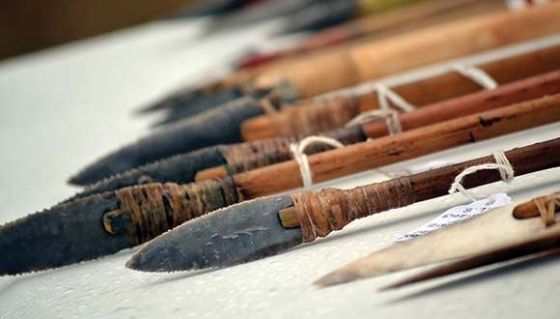
Straight to the Point
A Link between Arrowheads Used by Ancient Empires and the Historical Events during the First and the Second Temple Periods.
Researches from Tel Aviv University proposed a novel model that ties arrowheads dated to the end of the First Temple and the beginning of the Second Temple period, with key historical events. They also managed to define different arrowhead types used by armies of ancient eastern empires. Many of the arrowheads, examined by the researchers, were found in destruction layers from Babylonian and Assyrian assaults on cities in the land of Israel, while others were found in camps in which those armies stayed. “Arrows were a key component in military tactics of the ancient world, and the importance of this weapon is mainly due to its ability to strike the enemy from afar.” Explains Dr. Guy Stiebel. “The use of arrows for hunting is already known from the prehistoric era, but developments in military forces during the Bronze era increased the use of bows and arrows.”
The following researchers took part in this study: Prof. Oded Lipschits and Dr. Guy Stiebel from the Department of Archaeology and Ancient Near East Studies, together with the research student Sean Dugaw, who wrote his M.A. thesis on the subject. The research was published in IEJ (Israel Exploration Journal).
In this study, the researchers show a model that accurately defines the development of arrowhead types starting from 7th century BCE. Prof. Lipschits explains, “Creating a new typology and marking the evolutionary process of arrowhead types and their chronological point of reference, gives researchers a new dating tool, which allows connecting the layers and sites in which evidence of battle activities of the Empires’ Armies, inside and outside the region of Israel, were found.”
The researchers explain that the various arrowheads discussed in the paper were developed and employed starting from 7th century BCE. Those arrowheads of the three bladed variety had an improved aerodynamic structure which steadied their flight and inflicted more serious wounds than the two bladed arrowheads which preceded them. The functional development of the arrowheads teaches us about combat tactics and the specialty of the archers in the East. Archers in these regions were known for their professionalism and the complex powerful bows that they used, as we see some arrowheads which were designed to penetrate armor (more common in the eastern Mediterranean) while others were made for accurate shooting from a distance.

The earliest known trilobate socketed copper-alloy arrowhead had two blades. Such arrowheads are often referred to by scholars as “Scytho-Iranian arrowheads”. They first appear in Israel during the mid-7th Century BCE at sites associated the Assyrian military occupation. In the study, the researchers suggest tying this appearance with mercenaries serving in the Assyrian army or exiles brought to the area from north of the Assyrian Empire. This arrowhead type does not appear in the Levant after the Assyrian Empire retreat.
The study identified a three bladed socket arrowhead variant associated with Babylonian activity in the region, especially during the military campaigns of Nebuchadnezzar II. This arrowhead type was initially used by the Scythians and Medes at the dawn of the Babylonian empire. It has been found at sites destroyed by Babylonians and Medes in Assyria and Syria. While it may have been used by Scythian mercenaries in Babylonian service, it was eventually adopted by the Babylonians themselves and was used prominently during the Babylonian military campaign against the Kingdom Judah which resulted in the destruction along with its main cities, most importantly – Jerusalem. It is possible that the development and intensive use of this arrowhead helped the Babylonians conquer their enemies. Such arrowheads are found in the administrative citadel in Ramat Rachel, and serve as a clear evidence of Babylonian presence in the area.
Additional arrowhead types were identified that dated to the Persian and Hellenistic eras, some of which were also found in capital cities of the Persian Empire and at the major battle sites of the Greco-Persian wars. They were used throughout the Hellenistic periodSome were even used by Jewish rebels during the second revolt. Although most of the arrowheads used by the Roman archers during the early Roman period were iron and were attached with a tang rather than a socket, they retained the three bladed design of the earlier periods.
This research fits well into the new program at the Departments of Archaeology and Jewish History. This program puts emphasis on the combined research and teaching M.A.: “Many Faces of War” – the History and Archeology of War in Israel, which is made for studying and examining the phenomenon of war, which is always both current and historic.
Related posts
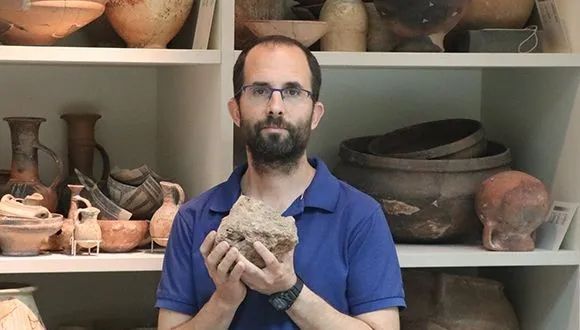


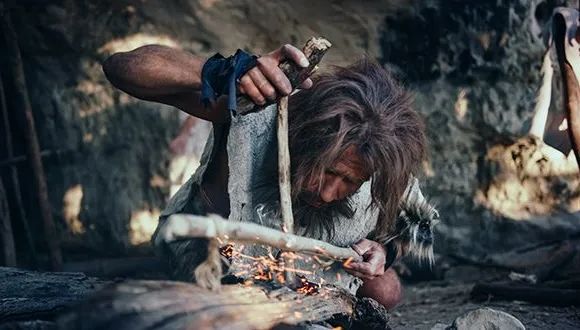
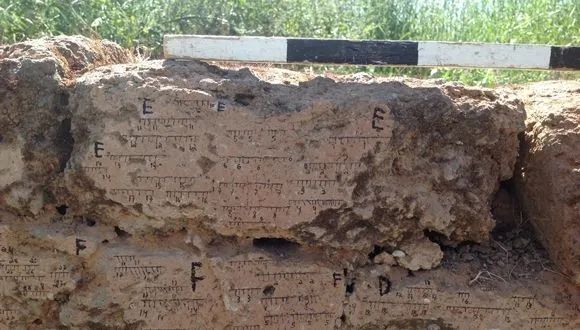
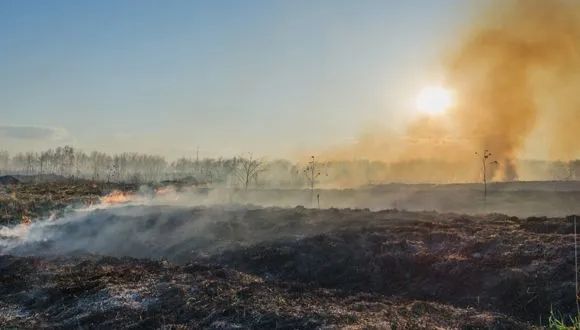
Our Ancestors Irreparably Damaged the Timna Valley Environment 3000 Years Ago
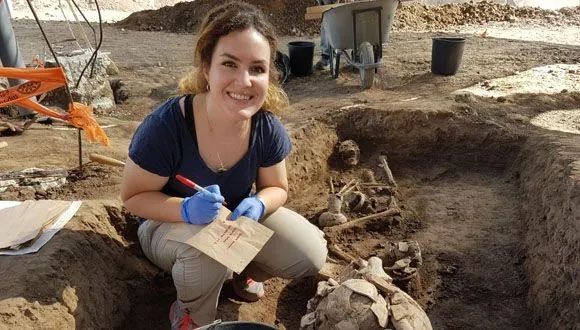
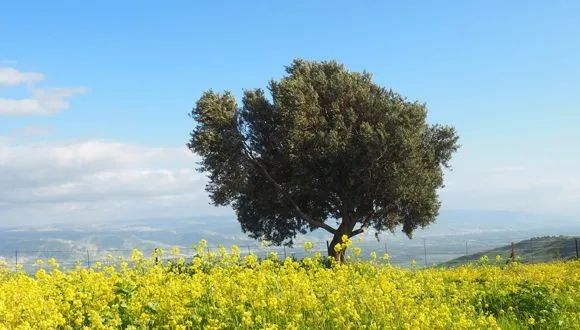

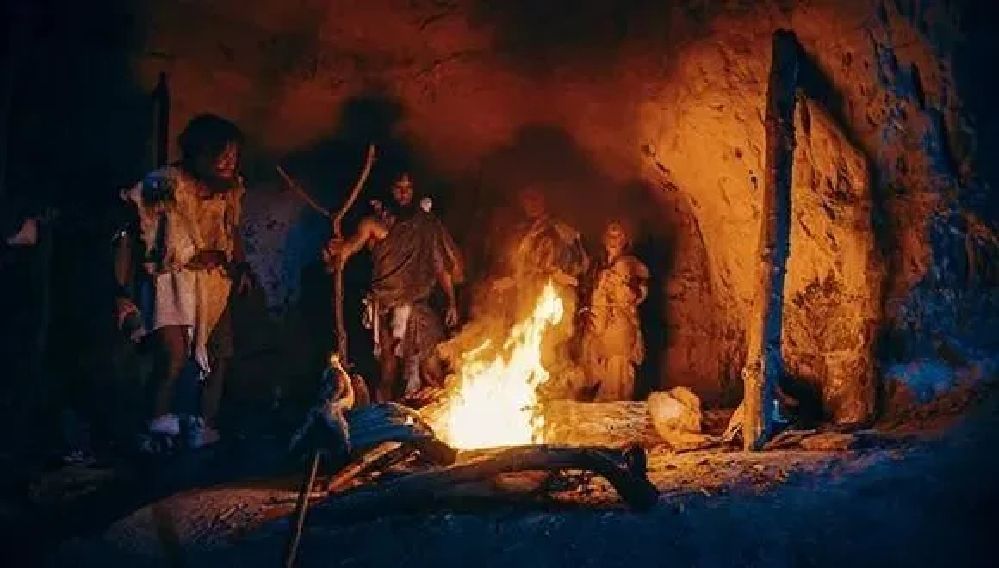

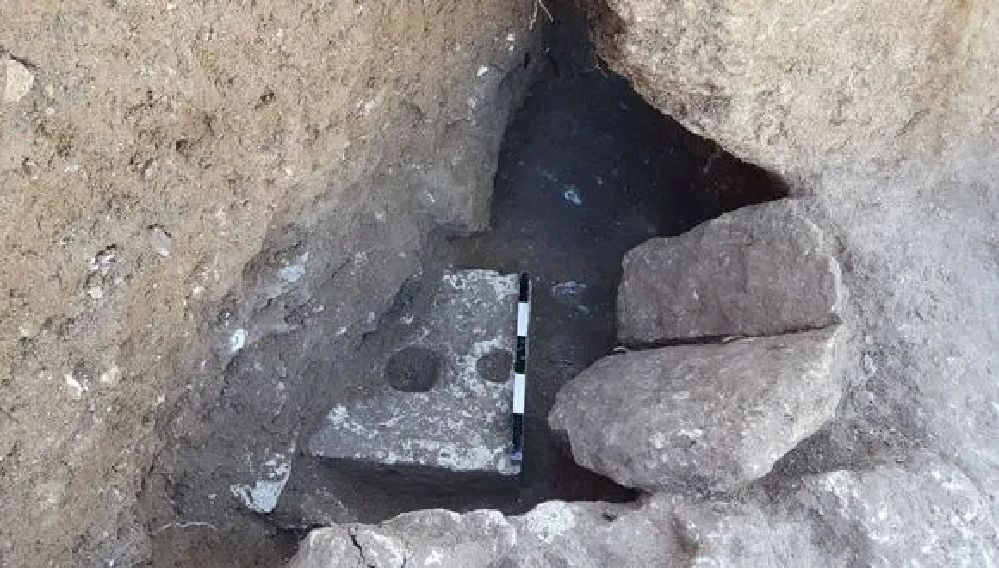

Over the Past 1.5 Million Years, Human Hunting Preferences have Wiped Out Large Animals
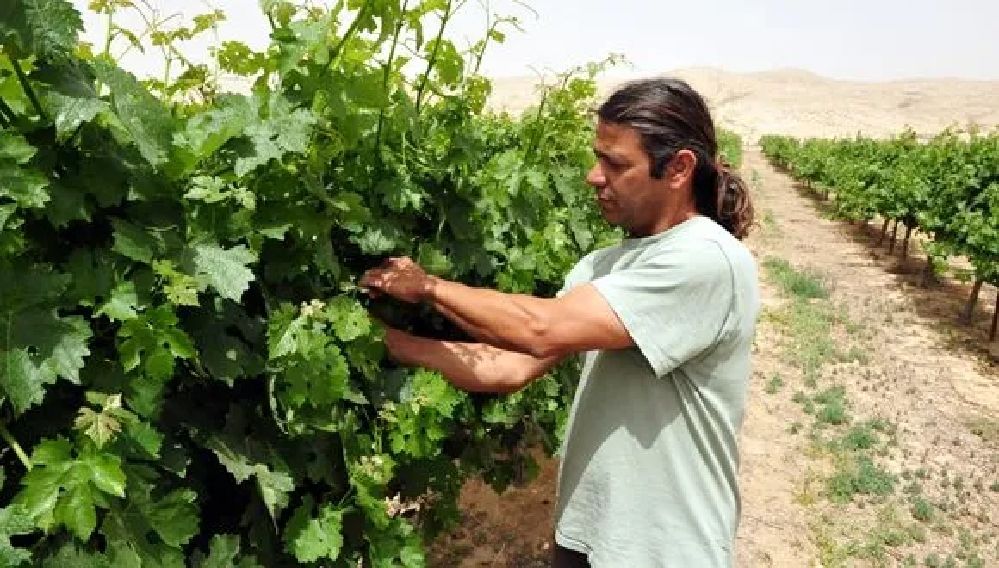
Ancient Climate Crisis Transformed Us from Nomadic Hunters to Settled Farmers
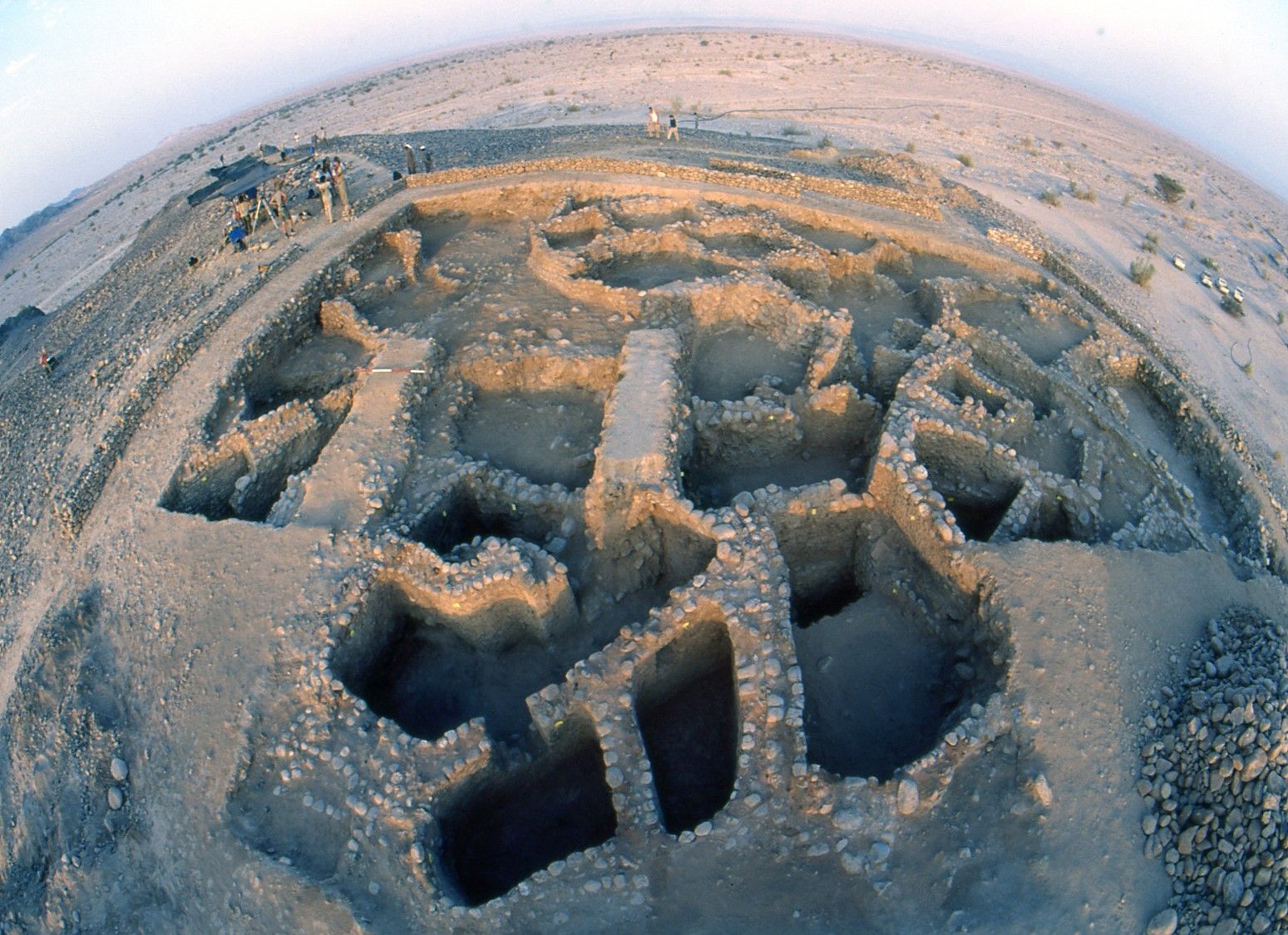
Recordings of the magnetic field from 9,000 years ago teach us about the magnetic field today

